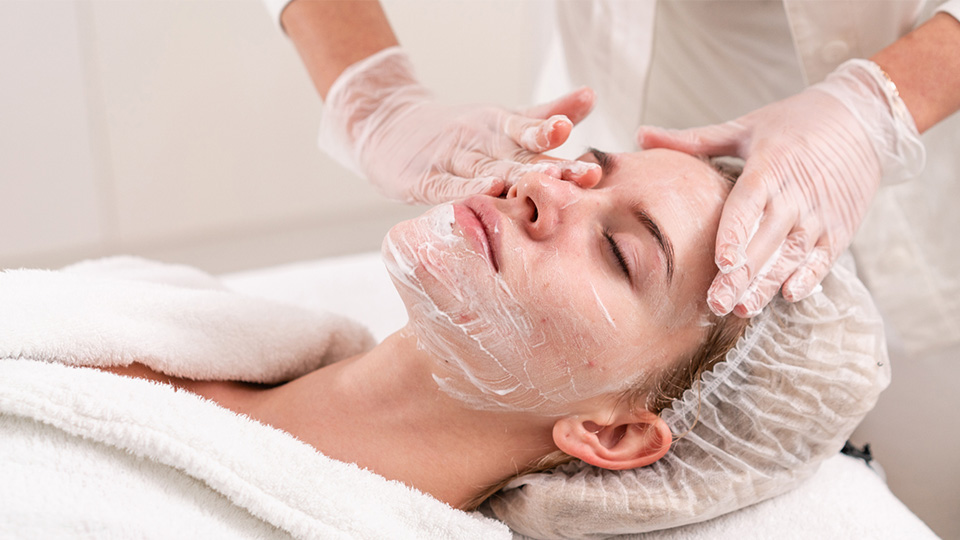Unlock Your Beard's Potential: Hair Transplantation Explained
Beards have become more than just a fashion statement; they have evolved into a symbol of masculinity and style. A well-groomed and thick beard can enhance facial features and boost self-confidence. However, not all men are blessed with the genetics to grow a full and dense beard. This is where hair transplantation comes to the rescue, offering a solution to unlock your beard's potential and achieve the beard of your dreams. Beard hair transplant in Abu Dhabi can help.
Hair transplantation, a procedure commonly associated with scalp hair restoration, has now gained popularity in the realm of facial hair. By utilizing advanced techniques, skilled surgeons can help individuals overcome patchy or sparse beard growth and achieve a fuller, more uniform beard.
So, how does hair transplantation for beards work? Let's delve into the process:
1. Consultation: The first step is to schedule a consultation with a qualified hair transplant surgeon. During this session, the surgeon will assess your beard growth pattern, evaluate the density of your existing facial hair, and discuss your goals and expectations.
2. Donor Hair Extraction: In a beard hair transplant, the donor hair is usually harvested from the back of the scalp or the sideburns. These areas are chosen because the hair characteristics closely resemble facial hair. The extraction is done using either the follicular unit extraction (FUE) or the strip harvesting method. FUE involves individual extraction of hair follicles, while strip harvesting involves removing a strip of hair-bearing skin from the donor area.
3. Graft Preparation: Once the donor hair is extracted, the surgeon carefully separates the individual hair follicles from the surrounding tissue. These follicular units are then trimmed and prepared for transplantation. The number of grafts required depends on the desired beard density and the extent of the areas to be covered.
4. Implantation: Using precise techniques, the surgeon implants the harvested hair follicles into the beard area. The placement and direction of each follicle are crucial to achieve a natural-looking beard. The surgeon may implant the grafts at different angles to mimic the natural growth pattern of beard hair.
5. Post-Transplant Care: After the procedure, you will be given specific post-transplant care instructions to ensure optimal healing and hair growth. This may include avoiding touching or scratching the transplanted area, following a prescribed medication routine, and attending follow-up appointments to monitor progress.
6. Beard Growth and Results: It's important to note that hair transplantation is not an instant fix. The transplanted hairs will shed within a few weeks after the procedure. However, new hair growth will start within a few months. Over time, the transplanted hair will continue to grow and blend seamlessly with your natural beard, providing a fuller and more attractive appearance.
Hair transplantation for beards has revolutionized the way men can enhance their facial aesthetics. However, it's essential to choose a qualified and experienced hair transplant surgeon who specializes in facial hair restoration. A skilled professional will ensure a natural-looking and long-lasting result, giving you the confidence to unlock your beard's full potential.
In conclusion, if you've always dreamt of a fuller and denser beard but struggled with patchy growth, hair transplantation can be the key to unlocking your beard's potential. Through the use of advanced techniques, skilled surgeons can help you achieve a well-groomed, masculine beard that enhances your facial features and boosts your self-confidence. So, don't let genetics limit your beard goals—explore the possibilities of hair transplantation and embark on a journey to a more impressive and stylish beard.


Comments
Post a Comment